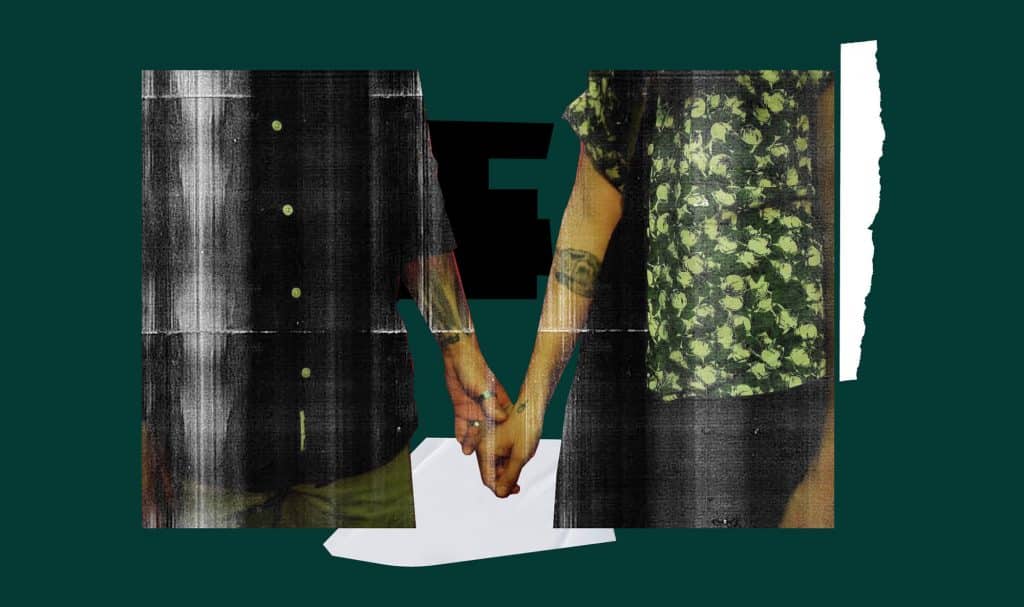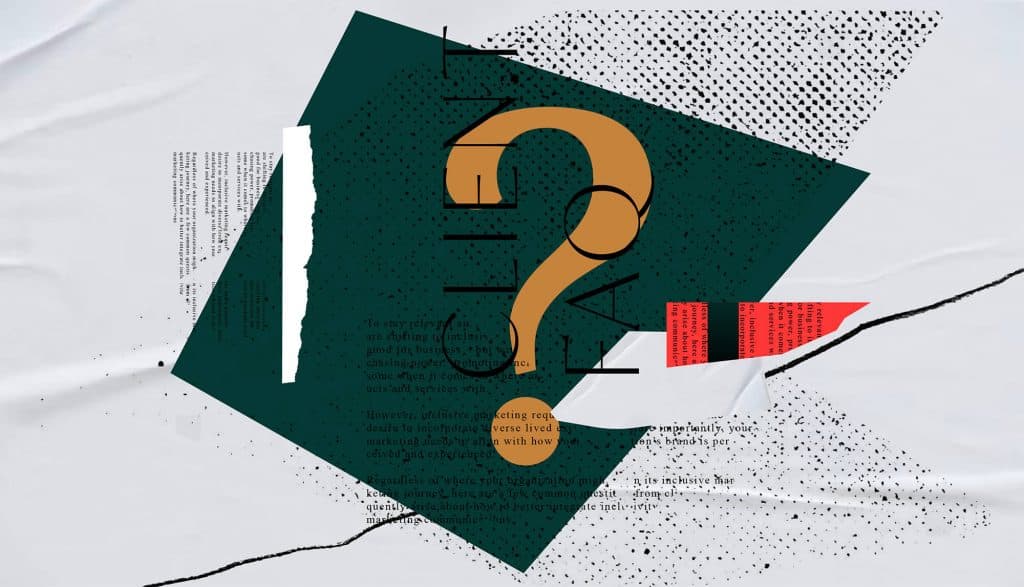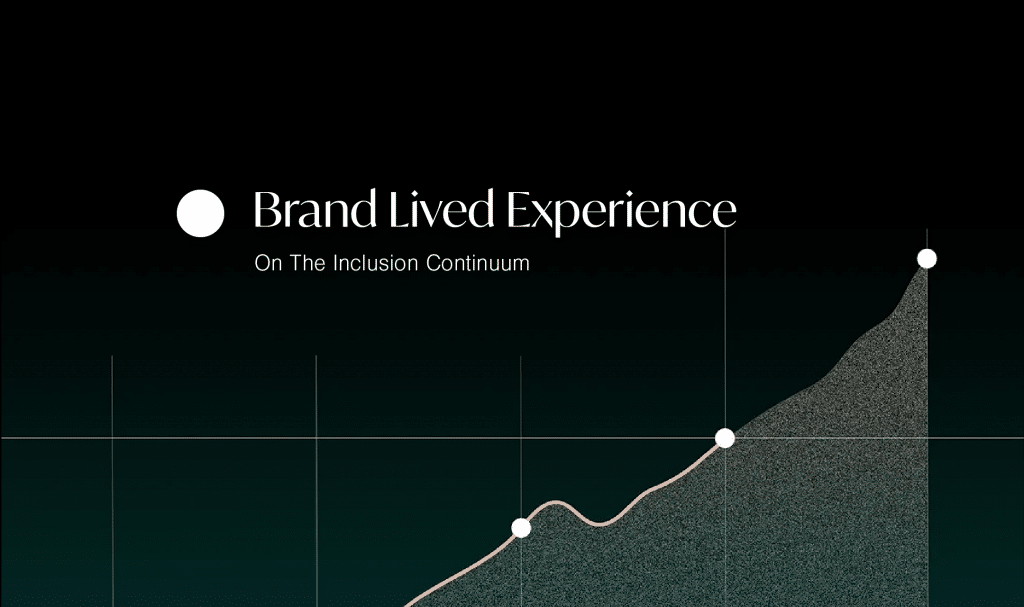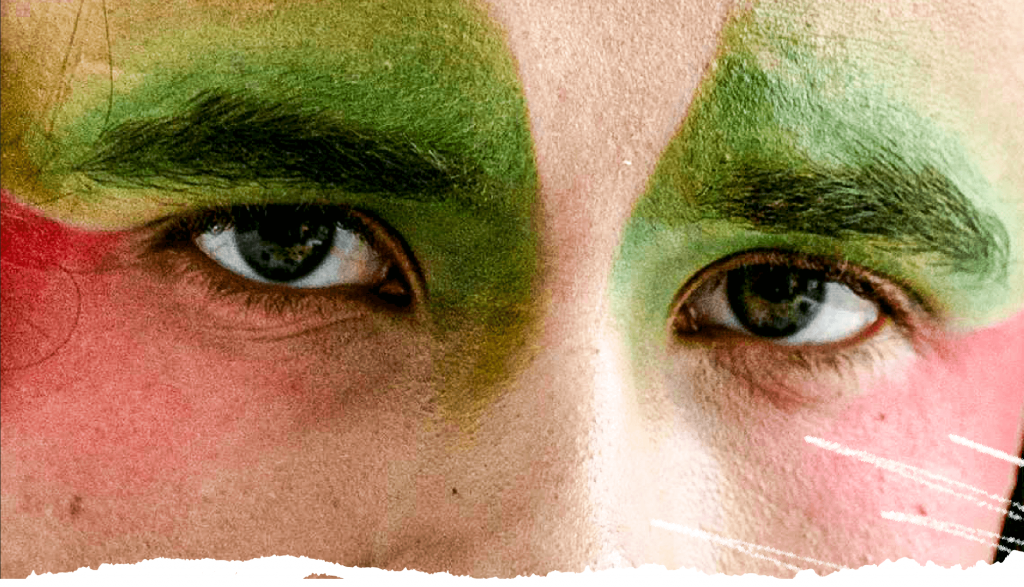Whenever I have an “Aha” moment, I get this buzzing feeling throughout my body and it has no chance of going away until I talk to someone about it. In this scenario, that “someone” was Adeline.
So, I’m at Burgoo sitting across from her, sometime after a team D&I Training session with Alden, another one of our trusted advisors. Our team had just learned about “The Developmental Model of Intercultural Sensitivity”, or “DMIS” (also known as “Change Curve”), created by Dr. Milton Bennet, which had the purpose to better understand a person’s reaction to cultural differences (see illustration below).
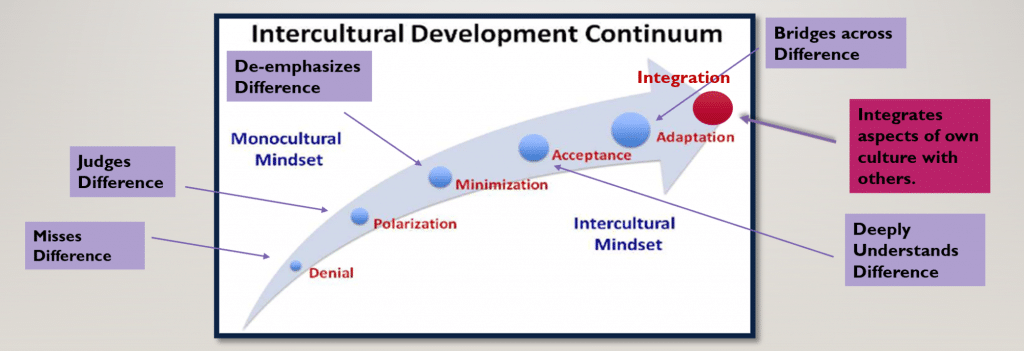
And in this scenario, “culture” takes on more meaning than usual as Adeline explains: “Typically culture refers to the collective beliefs and practices of a group of people based on a specific country or nation that is frequently associated with race and ethnicity. However, by expanding the common understanding of culture, we also use it to refer to differences in beliefs, practices and experiences of people that may reside in the same geopolitical region but are diverse in terms of socio-political identities (based on sexual orientation, gender identity, age, economic class, citizenship, disability, and a host of other intersectional identities).”
In the simplest terms, this change curve is a measurement of how an individual views cultural differences, and it varies depending on the stage they’re at.
Back to the “Aha” moment that I had to share with Adeline. This model has several stages (sometimes with different names, sometimes there are more stages, but it’s all in the same vein) that form a progressive continuum that moves from ethnocentricity to ethnorelativity.
And traditionally, this change curve – and Equity, Diversity and Inclusion practices in general – are used internally in organizations, often to improve hiring practices, talent pipelines etc. However, as I was doing research on the model and scribbling notes, I learned that there’s a positive correlation between cultural awareness and improved cognitive sophistication, which means that as marketers, we can place brands and advertisements on this curve to assess where there can be improvement in their communications.

As I sat there – body tingling and excited – I waited to hear what Adeline, a D&I expert whom I highly respect, thought of using the change curve in this fashion. I had a huge sense of relief followed by excitement when she said she loved the idea. And to her knowledge, the curve had never been used in this fashion before.
“In the simplest terms, this change curve is a measurement of how an individual views cultural differences, and it varies depending on the stage they’re at.“
From there, we adapted the DMIS to our industry, creating the AndHumanity Brand Inclusion Framework, which consists of 6 different stages; Brand Denial, Brand Defensiveness, Brand Minimization, Brand Acceptance, Brand Adaption, and Brand Lived Experience (see table breakdown below).
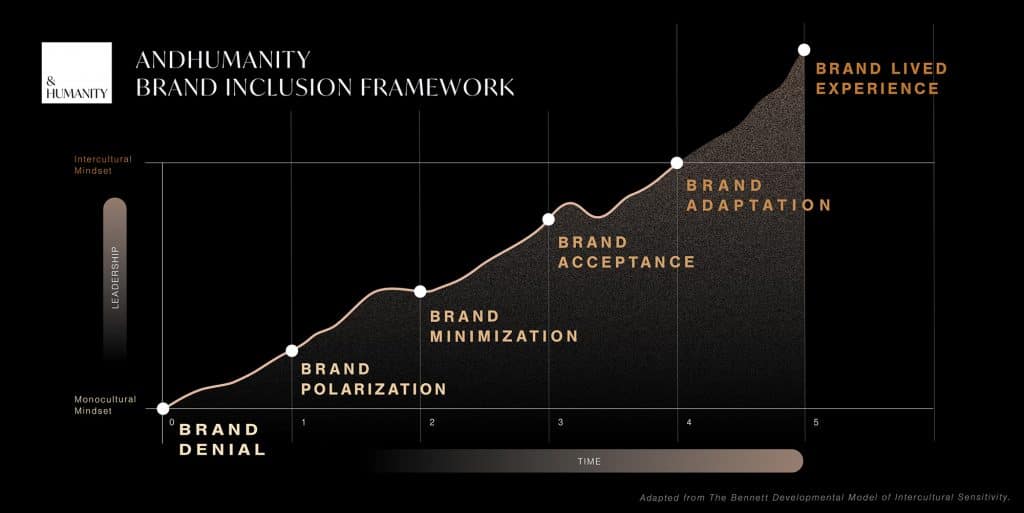

Using this framework, as marketers, when we create content that is mapped high up on the change curve, we are not only helping with representation to the millions that will see our work, but also educating consumers and other brands up the curve.
Case Studies Along The Curve: From “Brand Denial” to “Brand Lived Experience”
To further explore how we have used the curve to evaluate the effectiveness of a marketing campaign’s effort to be inclusive, we decided to investigate three advertisements that fall in different stages of the curve.
“…we adapted the DMIS to our industry, creating the AndHumanity Brand Inclusion Framework, which consists of 6 different stages; Brand Denial, Brand Defensiveness, Brand Minimization, Brand Acceptance, Brand Adaption, and Brand Lived Experience.”
Case Study 1 – Brand Defensiveness: Cadillac – ELR Coupe, “Poolside,” 2014

As one reviewer wrote about the Cadillac ad, “it’s a commercial that everyone should hate: a rich guy, extolling all his material wealth and urging everyone to take shorter vacations.” Or as one Huffington Post headline proclaimed “Cadillac made a commercial about the American dream, and it’s a nightmare.” And yet there were many Americans that found the commercial about a smug rich white guy telling people to work more so they can buy more stuff while mocking the work-life balance lifestyle found in other (presumably European) countries oddly compelling. Critiqued through the lens of the DMIS, “Poolside” displays classic elements of polarization. It plays on the ethnocentric belief that one aspect of your own culture (in this case work ethnic) is clearly superior and views other countries’ work practices as inferior and negative. The commercial also emphasises class differences, implying that people’s inability to purchase luxury goods like a Cadillac essentially equates to their unwillingness to work hard. This is a discriminatory judgement that makes invisible unearned class privilege and systemic barriers that exist in the US and many other countries. In the US poverty intersects with race, citizenship, gender, and even sexuality.
Case Study 2 – Brand Minimization – Coca Cola – “Hilltop,” 1971
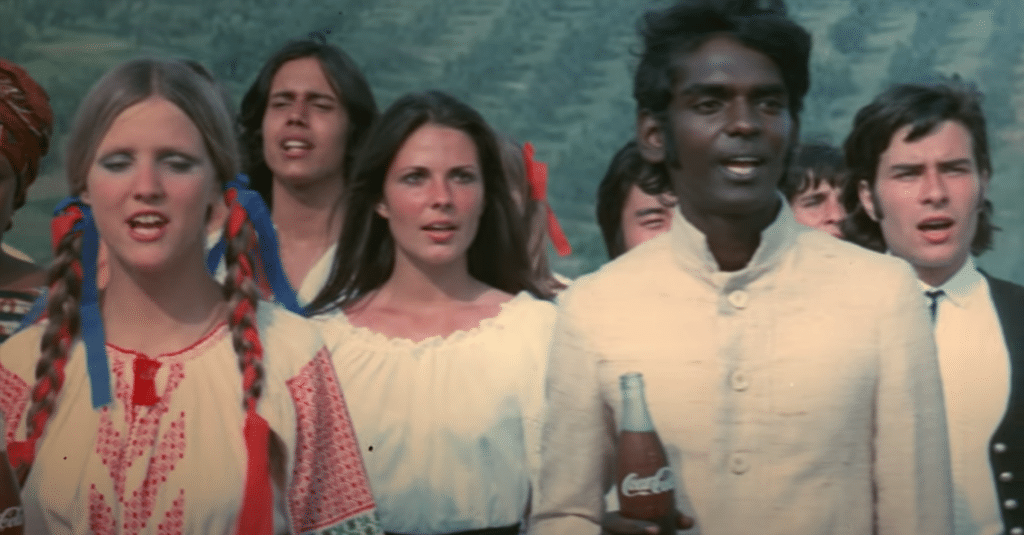
Probably one of the most famous ads in the word is Coca Cola’s Hilltop commercial. The original ad was made in 1971 done by Bill Backer from McCann Erickson. The song in the commercial became a hit record in the US and UK. It has continued to receive accolades up until 2005 as one of the 100 Greatest TV Ads. However, in the lens of D&I work, this is only the beginning of embracing inclusion. While it’s great that there is general acceptance and welcoming to everyone, it doesn’t recognize and acknowledge the unique differences that each individual holds. Rather, it minimizes our differences by only focusing on our similarities. This is an example of an advertisement that may be reinforcing the idea of equality over equity. By reinforcing these beliefs, we continue to treat all groups with one approach which doesn’t address everyone’s needs. These ads, while safe, are not fully inclusive in their approach.
Case Study 3 – Brand Lived Experience: Fenty, “Savage x Fenty,” 2018

Rihanna launched her makeup brand Fenty Beauty collection with “diversity as part of her brand’s DNA, rather than deploying it as a one-off marketing tactic.” The brand introduced 40 shades of foundation thereby providing a solution for a problem that all women of colour who wear makeup have struggled with. The success of Fenty’s explicit mission of bringing diversity and inclusion to the forefront of their products and marketing paid off and soon other major makeup brands followed Rihanna’s lead. Now Fenty aims to do for lingerie what they previously did for makeup with thier Savage x Fenty line, which offers plenty of options for plus size folks to choose from. The Savage x Fenty fashion show was the anti-Victoria Secret, showcasing a dizzying array of diversity including plenty of people of colour, plus-sized bodies, even pregnant bellies, people with disabilities, and trans folks. To a large degree, Rihanna’s brand has been able to achieve this level of intercultural sophistication because she herself belongs to multiple cultures and worldviews. She has made diversity and inclusion a central mission of her brand and this meets one of the most important criteria of inclusive marketing.
“…as marketers, when we create content that is mapped high up on the change curve, we are not only helping with representation to the millions that will see our work, but also educating consumers and other brands up the curve.”
By adapting DMIS as a tool in which to understand these three advertisements, you can clearly see how they are speaking to very different types of consumers. The AndHumanity Brand Inclusion Framework can provide insight into your target market’s worldviews and values, in particular how they perceive cultural differences. It can also be used as a powerful tool to align your brand’s values with those of your consumers to create campaigns that resonate.
Before we sign off, we want to state that – as with anything in this industry – we are constantly learning and evolving, which means this framework is in no way set in stone. We will continue to test it, analyze it, and improve upon it. Having said this, if you or anyone has suggestions and recommendations around this topic, please feel free to contact us at [email protected].
We hope to hear from you soon.
Tammy Tsang & Adeline Huynh


